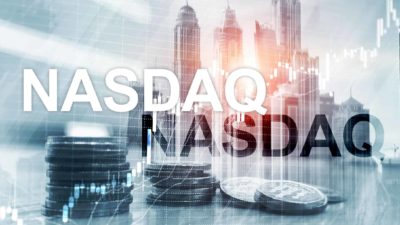The Australian Foundation Investment Co Ltd (ASX: AFI), or AFIC for short, is one of the oldest companies on the ASX. It was founded way back in 1928 as a listed investment company (LIC) and has been doing pretty much the same thing ever since. That would be investing in a portfolio of (mostly) ASX shares on behalf of its investors.
But given this style of passive investing is today dominated by the index exchange-traded fund (ETF), how does AFIC differ? What is the point of investing in a LIC over a simple market ETF?
Well, unlike an ETF, which is duty-bound to exactly mirror the index it tracks, AFIC has portfolio managers that construct the company's investment portfolio as they see fit. This means that AFIC can pick and choose winners from the S&P/ASX 200 Index (ASX: XJO) just like any individual investor. In contrast, an index ETF has to hold all 200 shares of the ASX 200 in the exact same proportions as the index.
This gives AFIC scope to outperform (or underperform) the ASX 200 over time.
How does AFIC's share portfolio compare to an ASX 200 ETF?
Let's check out the data to see this in action. So as it currently stands (as of 8 April anyway), the top five holdings of the iShares Core S&P/ASX 200 ETF (ASX: IOZ) and their weightings are as follows:
- BHP Group Ltd (ASX: BHP) with an index weighting of 11.8%
- Commonwealth Bank of Australia (ASX: CBA) with a weighting of 8.07%
- CSL Limited (ASX: CSL) with a weighting of 5.71%
- National Australia Bank Ltd (ASX: NAB) with a weighting of 4.72%
- Westpac Banking Corp (ASX: WBC) with a weighting of 3.79%
So let's compare these to AFIC's portfolio. Here are AFIC's current (as of 31 March) top five holdings and their portfolio weightings:
- Commonwealth Bank of Australia with a portfolio weighting of 9.2%
- BHP with a weighting of 8%
- CSL with a weighting of 7%
- Macquarie Group Ltd (ASX: MQG) with a weighting of 5%
- Transurban Group (ASX: TCL) with a weighting of 4.3%
So even with just those five shares, you can tell these two investments have quite a different composition (albeit with some overlap). That probably explains why AFIC shares have returned an average of 13.2% over the past decade (including dividends and franking). The ASX 200 Index has returned an average of 11.7% (also including divided and franking) over the same period.
Thus, an investment in AFIC is not the same as an investment in an ASX 200 ETF like IOZ. In this case, AFIC investors seem to have done better than index investors over the past decade.
At the current AFIC share price, this ASX LIC has a market capitalisation of $10.16 billion, with a dividend yield of 2.92%.









